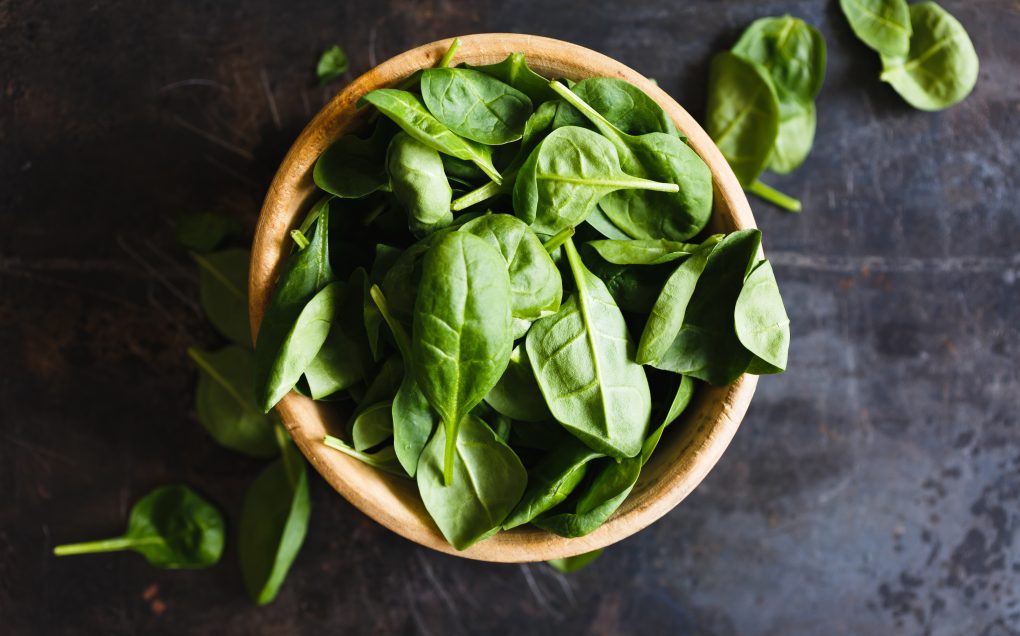1. Seeds and nuts, to boost your mood
Aside from their reputation as food for the nerves, these little wonders are rich in tryptophan, one of the essential amino acids our bodies can’t produce by themselves. Our bodies then convert this into the happiness hormone serotonin, which not only improves our mood, but also helps us sleep better. Those aren’t the only benefits – studies show just a handful of nuts a day can reduce the risk of heart disease, and cancer too [1]. With so many upsides, we can only advise you to give the meatballs a steer. Try going nuts (and seeds) instead.
2. Coffee and tea, for a morning lift
Here’s some wonderful news for the coffee junkies among us: caffeine has positive properties too! By boosting our metabolism, it stimulates both the central nervous system and the heart. That could be just the ticket if you suffer from low blood pressure and have a harder time getting going in the morning.
If you’d still rather avoid the coffee, then black or green tea share many of the same positive qualities, so make great alternatives. Studies have also revealed the wonders green tea can do for our mental health, by relieving stress and anxiety [2] [3].
3. Spinach and its dark green friends, for a good mood
Popeye was fighting fit and full of beans for a reason: spinach (and many other dark green vegetables) are packed with vitamin B9, a folate, plus many other handy nutrients. By interfering with the production of serotonin and dopamine, folate deficiency is often linked with mood disorders or even depression. These green beauties contain a lot of iron too, needed for many neurological activities and to produce red blood cells. As if all that wasn’t enough, they’re also an important source of magnesium. Wow!
You’ll find them in the smoothies at every superfood store – and for good reason! They are the new immune system and beauty boosters: they also encourage beautiful skin and the famous super glow. Enough good reasons to include them in your nutrition plan, surely?




